Cats have extraordinary sensory sensitivity , especially when it comes to hearing and smell . These sensory abilities far surpass human capabilities, allowing cats to perceive the world in a unique way.
Main points
- Cats have advanced hearing and smell , surpassing human reach ;
- Their ears are capable of perceiving sounds beyond our reach, while their keen sense of smell allows them to detect signs and scents that are imperceptible to us;
- Cats use their sensitive whiskers and special touch receptors to obtain information about their environment;
- They develop special connections with people who have special needs , bringing emotional and therapeutic benefits;
- Cats are able to compensate for sensory deficiencies by using their remaining senses effectively.
The Hearing Capacity of Cats: Beyond Human Reach
Cats have an incredible sense of hearing that goes beyond human capabilities. Their keen ears are able to detect high-frequency sounds and even small vibrations, allowing them to locate prey and move with precision. This ability is the result of a unique structure in their inner ears, which amplifies sounds and gives them exceptional hearing .
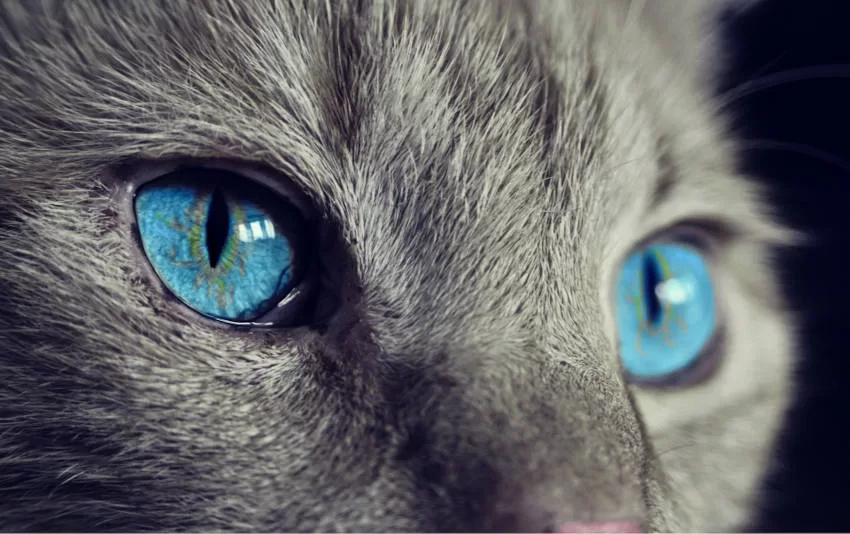
Furthermore, cats have the ability to rotate their ears independently of each other, which allows them to locate the origin of sounds with precision. This independent movement of the ears is an adaptive mechanism that cats have developed to further improve their hearing ability .
To give you an idea of the difference between the auditory senses of cats and humans, while humans have a hearing range of 20 Hz to 20,000 Hz, cats can hear sounds up to 65,000 Hz. Additionally, cats are extremely sensitive to soft sounds, being able to hear a rodent moving at a great distance.
| Hearing Capacity | Humans | Cats |
|---|---|---|
| Frequency Range | 20Hz – 20,000Hz | 20Hz – 65,000Hz |
| Sensitivity to Soft Sounds | Limited | Highly Sensitive |
In short, cats have an extraordinary hearing capacity , allowing them to detect sounds beyond human reach and locate them with precision. Their highly developed auditory system is one of the characteristics that make cats fascinating and unique beings.
Cats’ Sharp Sense of Smell: Discovering the World Through Smell
Cats’ sense of smell is extremely keen and plays a key role in the way they explore and interact with their environment. They have approximately 200 million olfactory sensory cells, compared to the 5 million present in humans. This striking difference allows cats to detect odors with incredible precision, far beyond what we are capable of perceiving.
Cats use their keen sense of smell for a variety of purposes. They are able to identify fresh food, track prey and even detect chemical substances in minute quantities. Their noses have a complex structure, with internal divisions that allow a greater area of contact with odorous molecules.
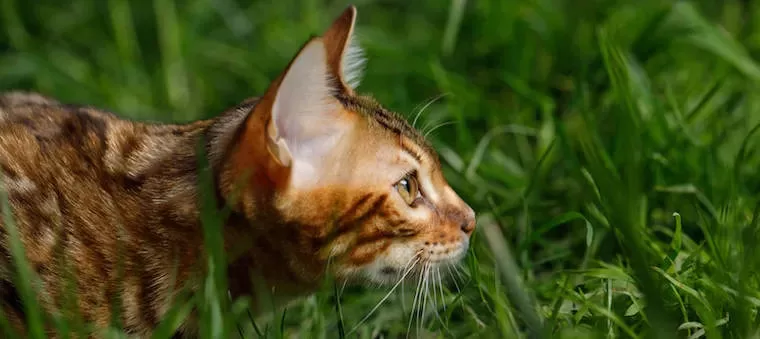
Furthermore, cats have a special organ called “Jacobson’s organ” or “vomeronasal”, located in the upper part of the palate. This organ allows them to detect pheromones, chemical substances that play an important role in communication between animals of the same species. This ability contributes to understanding the social world of cats and their reproductive behavior.
| Curiosity | Interesting fact |
|---|---|
| Cats have a Jacobson’s organ | This organ allows them to detect pheromones and information about the environment |
| Cats’ sense of smell is approximately 40 times more sensitive than the human sense of smell | This sensitivity helps them identify prey and detect fresh food. |
| Cats use their sense of smell to mark their territory | Through smell, they leave their mark and communicate with other cats |
In short, cats’ keen sense of smell is one of the most impressive features of their sensory sensitivity . This ability allows them to explore and understand the world in a unique way, detecting odors that are beyond the reach of our nose. Cats’ sense of smell plays a vital role in their survival and social relationships, making them truly fascinating.
Cats’ Sense of Touch: Sensitive Whiskers and Special Receptors

In addition to hearing and smell, cats also have a sophisticated sense of touch . This sense is largely supported by their sensitive whiskers , which play a key role in perceiving the environment around them. Cats’ whiskers are highly sensitive to subtle changes in the air and surface, allowing them to detect moving objects and assess the space around them. These sensory bristles are connected to nerves that transmit tactile information directly to the cat’s brain, providing them with a rich amount of sensory data.
In addition to whiskers, cats also have other touch receptors on their noses and paws. These receptors are especially sensitive and allow cats to explore the world around them in a unique way. By touching objects or surfaces, cats can obtain important information about texture, temperature and even the presence of movement. This tactile precision helps them navigate their environment and interact with other animals and objects precisely and carefully.
Interestingly, cats’ fur also contributes to their sense of touch . The hairs act as sensors that detect changes in the environment, such as air currents and subtle movements. These stimuli are transmitted through the hair to touch receptors, allowing cats to have a keen perception of their surroundings. As a result, cats have a great ability to hunt, move around and adapt to different situations, using their sophisticated sense of touch in conjunction with their hearing and smell.
| Main Aspects of Cats’ Sense of Touch: |
|---|
| Sensitive Mustaches |
| Tactile Receptors in the Nose and Paws |
| Sensitive Coat |
In short, cats have extraordinary sensory sensitivity , and their sense of touch plays a fundamental role in how they perceive the world around them. Their sensitive whiskers, tactile receptors, and fur contribute to their ability to explore, hunt, and interact with precision. This combination of advanced senses makes cats fascinating animals, capable of adapting and thriving in different environments and situations.
Special Connections: Cats and People with Special Needs
Cats have the ability to develop special connections with people who have special needs , such as autistic children or dementia patients. These connections can bring emotional and therapeutic benefits to both parties, contributing to well-being and quality of life.
One of the reasons cats are so good at making these connections is their heightened sensory sensitivity . They are able to capture subtle changes in mood, facial expressions and even the tone of a person’s voice. This sensory perception allows cats to adapt to people’s specific needs, offering companionship, comfort and stimulation.
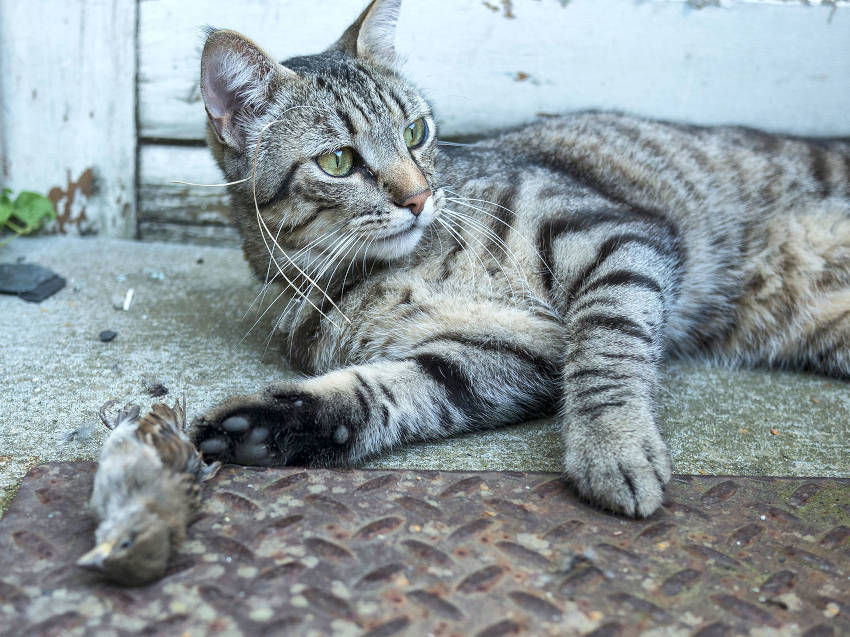
Additionally, cats have a calming and reassuring nature, which can be especially beneficial for people who face challenges related to anxiety, stress, or communication difficulties. The presence of a cat can provide a feeling of security and serenity, contributing to the creation of a welcoming and comforting environment.
| Benefits of Connections between Cats and People with Special Needs: |
|---|
| Reduction of anxiety and stress |
| Increased emotional well-being |
| Encouragement for social interaction and development of communication skills |
| Promote a sense of belonging and connection |
| Develop empathy and responsibility |
In short, cats’ ability to develop special connections with people who have special needs is a testament to these animals’ incredible sensory sensitivity. These connections can be beneficial for both cats and people, providing comfort, companionship, and a source of joy in their lives.
Sensory Compensations: How Cats Cope with Deficiencies
Cats have the ability to compensate for sensory deficiencies , such as deafness or blindness, by utilizing other enhanced senses. Although deafness can limit their hearing, cats have a highly acute sense of smell that allows them to perceive the world in a unique way. They are able to detect subtle odors and follow trails, which facilitates their orientation and interaction with the environment.
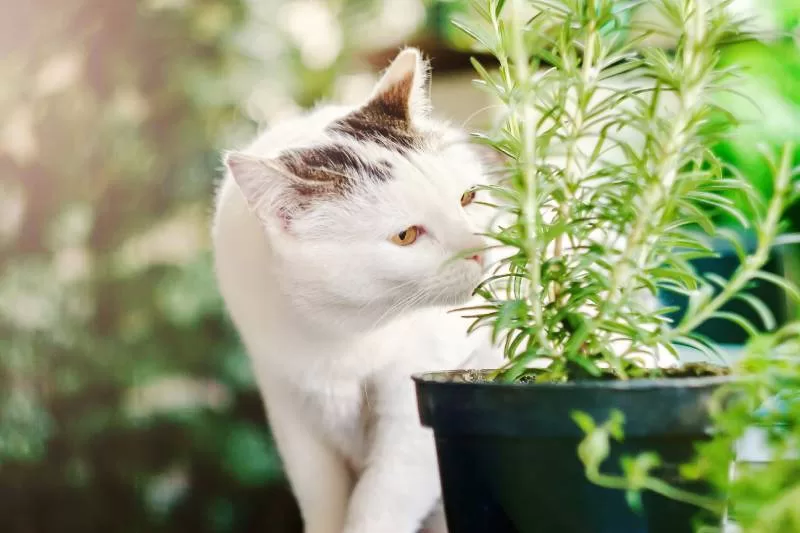
Additionally, cats use their sensitive whiskers and special touch receptors to obtain tactile information about the world around them. Their whiskers play a crucial role in perceiving nearby objects and detecting changes in the environment. These enhanced senses help cats move around easily and avoid obstacles, even in low visibility conditions.
It is important to highlight that cats are incredibly adaptable animals and can adjust to sensory deficiencies . Those who are blind, for example, may rely on their sense of smell, hearing and touch to move around and explore their environment. They develop a mental map of the space around them and are able to use other senses to orient themselves and find their way.
Example of a Cat with Sensory Impairment: Case of the Blind Cat
“An inspiring example of how cats can cope with sensory impairments is the case of a cat called Oliver, who lost his vision due to an eye disease. Despite being blind, Oliver didn’t let that stop him from leading a happy and active life. He learned to use his keen sense of smell and tactile senses to move around and interact with his environment, demonstrating an incredible ability to adapt .”
| Sensory Impairment | Compensatory Sense |
|---|---|
| Deafness | Smell |
| Blindness | Smell, hearing and touch |
In short, cats are remarkable animals when it comes to compensating for sensory deficiencies. Whether through a highly developed sense of smell, sensitive whiskers, or other enhanced senses, they are able to overcome limitations and continue to enjoy life to the fullest.
Uncovering the Feline Sixth Sense: Myth or Reality?
Although there is no solid evidence that cats have a sixth sense , this idea continues to intrigue many people. It is believed that cats may have sensory abilities beyond the five known senses, allowing them to perceive the world in inexplicable ways. However, to date, there is no scientific proof of this theory.
Cats are known for their keen hearing and sense of smell, which can lead people to believe they have a sixth sense . Their ability to hear sound frequencies beyond human range and detect scents imperceptible to us may seem like magic, but it is a result of their advanced sensory abilities.
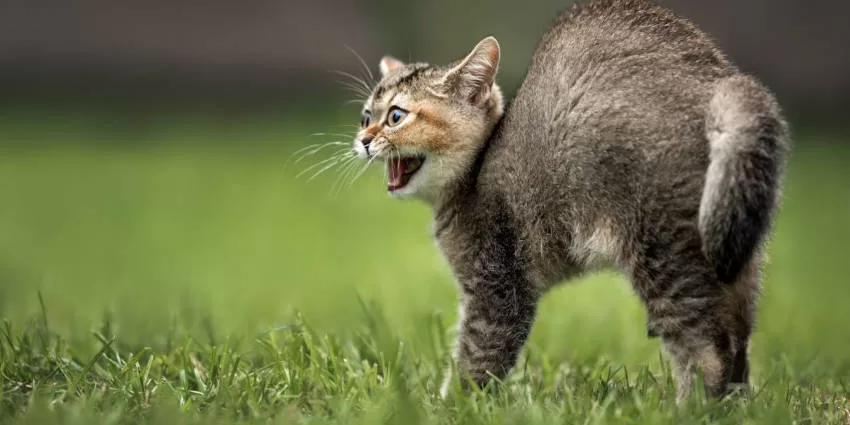
Unlike humans, cats have a special organ called the “vomeronasal organ” in their noses, which allows them to detect pheromones and chemical signals in the environment. This contributes to your ability to perceive the world in ways we cannot fully understand. However, this does not necessarily mean that they have a sixth sense , but rather that they use their primary senses in an exceptional way.
Ultimately, while the idea of a feline sixth sense is fascinating, it’s important to base it on hard scientific evidence. Cats are incredible creatures with surprising sensory abilities, but the existence of a sixth sense remains a mystery. We must continue studying and researching to unlock the secrets of cats’ sensory world and appreciate the complexity of their unique perception.
| Fifth Sense | Sixth Sense |
|---|---|
| Vision | Perception beyond the five known senses |
| Hearing | |
| Smell | |
| Tact | |
| Palate |
The Adaptation of Cats to Sensory Deficiencies
Cats are surprisingly adaptable animals and are able to cope with sensory impairments remarkably well. Even when facing limitations such as deafness or blindness, they have the ability to adjust and use their remaining senses effectively to get around and interact with the world around them.
When a cat loses its hearing ability , for example, it compensates for this deficiency with other enhanced senses. Their keen sense of smell is essential for detecting sounds and orienting themselves in the environment. Furthermore, your tactile sensitivity is essential for exploring the space around you and avoiding obstacles. Cats have touch receptors in their noses and paws, and their sensitive whiskers play an important role in detecting changes in the environment.
Another way cats adapt to sensory impairments is through their innate ability to memorize routes. Blind cats are able to create mental maps of the spaces in which they live, using their spatial memory to move around with confidence. It is also impressive to watch how they adjust their posture and behavior to compensate for their lack of vision, using their other senses to cautiously explore the environment.
| Sensory Impairment | Adaptation |
|---|---|
| Deafness | Use of a keen sense of smell to detect sounds and orient oneself. |
| Blindness | Memorizing routes and using other senses to explore the environment. |
In short, cats are true examples of overcoming. They have the ability to adapt and compensate for sensory deficiencies in an impressive way, using their remaining senses efficiently. Their adaptation and resilience are admirable, and we can learn a lot from these incredible felines.
Conclusion: The Sensitivity of Cats Revealed.
The sensitivity of cats is truly fascinating and reveals a unique understanding of the world around us. These incredible animals have advanced sensory senses, especially when it comes to hearing and smell. Their hearing capacity far surpasses that of humans, allowing them to hear sounds beyond our reach. Furthermore, their keen sense of smell allows them to detect signs and scents that are imperceptible to us.
In addition to their exceptional hearing and sense of smell, cats have a sophisticated sense of touch, supported by their sensitive whiskers. Their whiskers function as antennas, allowing them to obtain information about their environment and move with precision. Additionally, they have touch receptors on their noses and paws, and their fur contributes to a greater sense of touch.
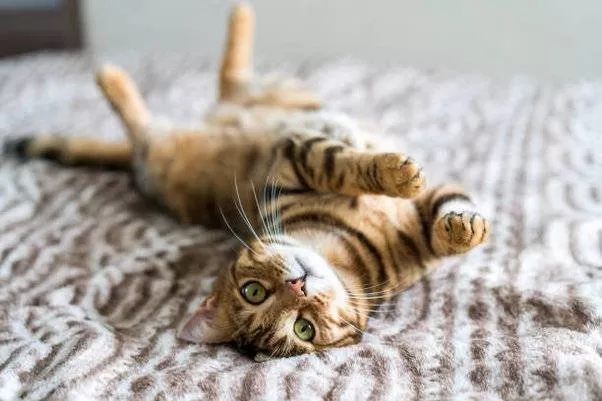
Although there is no solid evidence that cats have a sixth sense, it is indisputable that they have the ability to create special connections with people who have special needs. This ability to understand and adapt to the specific needs of people, such as autistic children or dementia patients, brings immeasurable emotional and therapeutic benefits.
Finally, cats also have the incredible ability to adapt to sensory deficiencies. They can compensate for their deafness with a highly acute sense of smell and use their remaining senses to get around and interact with the world around them. They are living proof that, even when faced with limitations, it is possible to find creative ways to overcome them and lead a fulfilling life.
FAQ
Q: Do cats have a sixth sense?
A: There is no solid evidence to prove the existence of a sixth sense in cats. Your sensory perception is based on the five known senses: hearing, smell, touch, sight and taste.
Q: How do cats compensate for their lack of a sense of taste for sweet foods?
A: Cats do not have the gene that allows them to taste sweet foods. However, they make up for this with their sophisticated sense of touch, which is supported by their sensitive whiskers and the touch receptors present in their noses and paws.
Q: Can cats adapt to sensory disabilities such as deafness?
A: Yes, cats are able to compensate for a sensory deficiency , such as deafness, by utilizing other enhanced senses, such as a highly heightened sense of smell. They are able to move around and interact with the environment around them effectively, even without hearing.
Q: Can cats develop special connections with people who have special needs?
A: Yes, cats have the ability to develop special connections with people, such as autistic children or dementia patients. Your sensitivity and ability to understand and adapt to people’s specific needs can bring emotional and therapeutic benefits.
Q: How do cats cope with sensory disabilities such as blindness?
A: Cats are able to easily adapt to sensory disabilities such as blindness. They use their remaining senses, such as smell, touch and hearing, to move around and interact with the world around them effectively.
Q: Do cats have a keen sense of touch?
A: Yes, cats have a sophisticated sense of touch. Their sensitive whiskers and touch receptors on their noses and paws allow them to obtain detailed information about the environment and interact accurately.
Source Links
- https://patinhasdeanjo.wordpress.com/2012/02/20/gatos-continuacao/
- https://www.purina.pt/artigos/gato/gatinho/comportamento/uma-exploracao-aos-incriveis-sentidos-dos-gatos
- https://vidadebicho.globo.com/especiais/noticia/2022/06/animais-com-deficiencia-de-sentido-compensam-com-os-demais-entenda.ghtml

